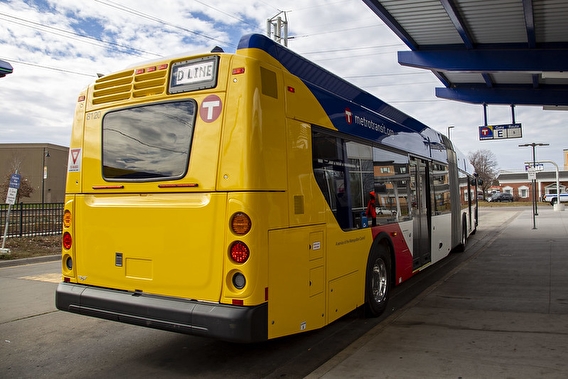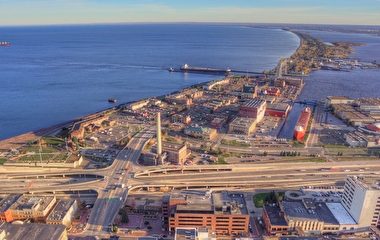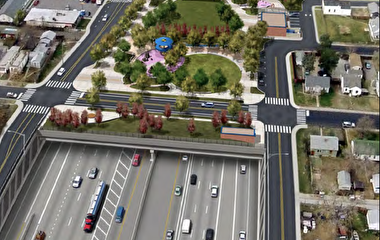
What’s next in transportation?
The Future of Mobility series collects the perspectives of top U researchers and other national experts. Authors scan the horizon, reflect on critical transportation topics, and recommend action steps for public officials and policymakers.
A new entry—the 18th—was added to the series last month. In On the Road to Somewhere: Measuring Access to Opportunities is the Future Math of Mobility, Eric Lind shifts focus from the journey to the destination—the purpose of transportation in the first place. Instead of ignoring destinations as part of transportation evaluation, he asks, What if we tried to count them? What if, instead of squeezing the delay out of each intersection and street segment, we optimized for how much people could reach given those roads, routes, and paths? This math of mobility allows us to synthesize the impacts of land use and the impacts of the transportation network into something meaningful to both. Lind, director of the CTS Accessibility Observatory, writes that the data and tools are ready, and it is up to researchers, advocates, and implementing agencies to begin working together to use these metrics for decision making.
Also this month, we feature an article by Professor Yingling Fan that calls for transportation to unite—rather than divide—our communities. In United by Transportation, Fan begins by noting that the motto of the 2020 Tokyo Summer Olympics was “United by Emotion”—emphasizing the idea that sport can foster shared emotions and passions to bring people together and connect them beyond their differences. Could transportation systems likewise function to instill shared experiences and unite people of diverse backgrounds? Among Fan’s recommendations: Officials should work with communities to redefine transportation infrastructure as public space, centering human experience and comfort over efficiency. And planners and engineers should center the perspectives of underserved communities in all projects—the only way to achieve a more equitable and unifying future. Projects that provide access to the most socioeconomically disadvantaged, she says, are projects that all can use.
Watch “Humanizing Transportation”, a video-recorded presentation of Fan expanding on these themes.
CTS will continue to highlight Future of Mobility articles over the remainder of the year.
—Pam Snopl, CTS senior editor


